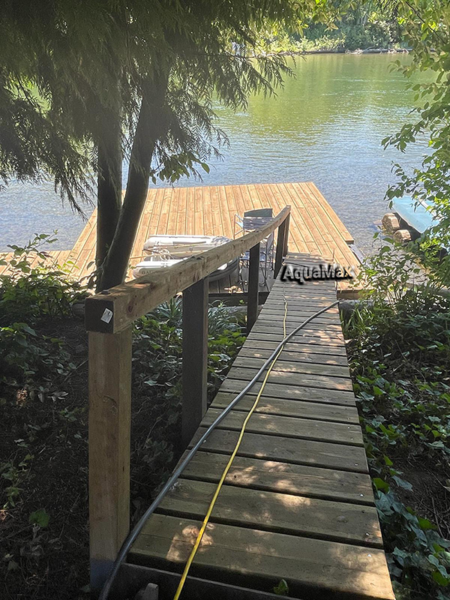If you’ve dreamed of stepping out onto your own private dock — to fish, swim, or sip coffee in the morning sun — you can make it happen yourself. With the right DIY floating dock plans, quality floats, and a weekend of effort, you can create a safe, sturdy, and beautiful dock for your waterfront property.
This guide walks you through planning, materials, anchoring, and assembly so you can get started with confidence.







